At the recent press conference, President Masui referred to the next national Strategic Energy Plan, currently under consideration, and to the anticipated increasing demand for electricity stemming from the growing use of IT and advances toward decarbonization.
From the viewpoint of the stable supply of energy, the new JAIF president asked that the construction of new and replacement nuclear power plants be included in the plan, along with the development of a business environment to achieve that goal along with the restart of existing NPPs as soon as possible.
He also stressed his desire to promote public understanding to facilitate the use of nuclear energy and radiation in such fields as medicine, industry, and agriculture.
In terms of national nuclear policy, President Masui reiterated the following four points, previously put forward by the former JAIF President Arai—now a special fellow of the organization—at the June 25 meeting of the Nuclear Energy Subcommittee, which falls under the Advisory Committee for Natural Resources and Energy:
- Maximizing the use of existing NPPs.
- Clearly stating the necessary capacities and timelines for current NPPs, as well as those for constructing new and replacement NPPs.
- Developing a business environment enabling nuclear operators to make investment decisions at appropriate times.
- Urging the public and private sectors to strive jointly to promote the public understanding of the value of nuclear energy.
Reporters at the August 1 press conference repeatedly asked President Masui about the current examinations of the compatibility of Tsuruga-2 (PWR, 1,160 MW) with new regulatory standards. The unit, owned and operated by the Japan Atomic Power Company (JAPC) in Fukui Prefecture, is currently the focus of considerable regulatory turmoil.
On July 31, the day before the press conference, Japan’s Nuclear Regulation Authority (NRA) had released the results of its safety screening of the reactor, stating, “Tsuruga-2 does not comply with geological standards.”
Mentioning that earthquakes regularly occur throughout Japan, President Masui noted that NRA and JAPC’s executives were planning to exchange views on the following day (August 2), and asked the NRA to “explain its responses, including additional investigations.”
He also described JAPC as a “pioneer” in developing Japan’s nuclear power, citing its contributions to the domestic development of several reactor types: gas-cooled reactor (GCR), boiling water reactor (BWR), and pressurized water reactor (PWR). He repeated JAIF’s recognition that the company is “an important player.”
Discussions on generation costs are now underway toward the revision of the national Strategic Energy Plan. Among the issues, the new JAIF president especially cited “the improvement of nuclear power’s performance” and “the maintenance and strengthening of the domestic supply chains for the construction of new and replacement NPPs.”
Having led the Nuclear Power & Plant Siting Division of the Tokyo Electric Power Co. (TEPCO) before assuming the JAIF presidency, Masui has long worked to strengthen infrastructure and instill a safety culture in the country’s nuclear power industry.
When asked by a reporter about the restart of TEPCO’s Kashiwazaki Kariwa-7 (ABWR, 1,356MW), he stressed that he expected the power company to win the confidence of the local community and place top priority on safety. Currently, the central government is holding explanatory meetings on the reactor throughout Niigata Prefecture.


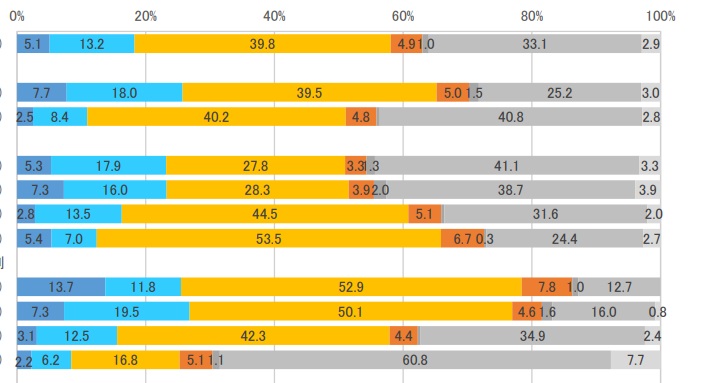

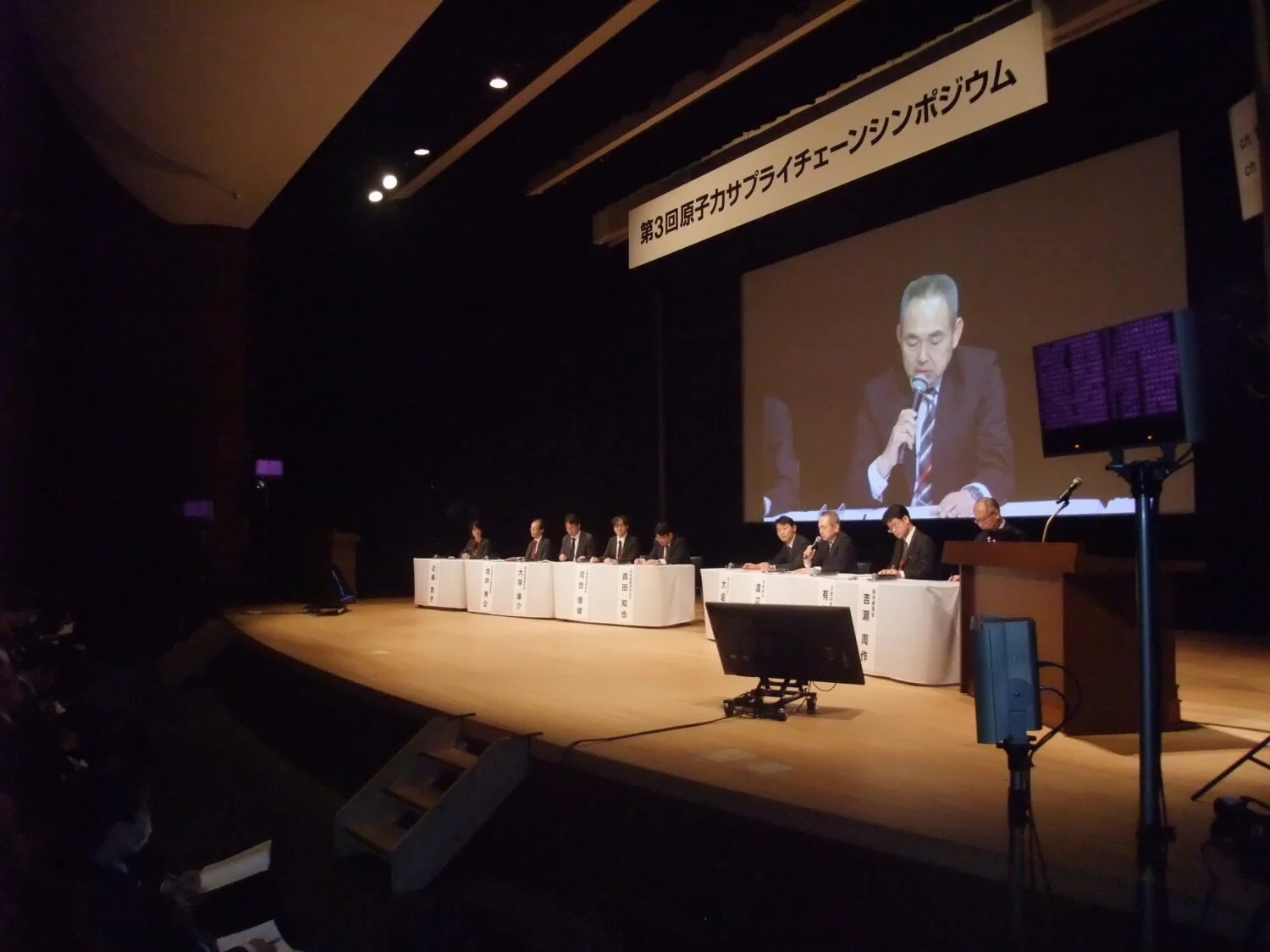
-1.png)






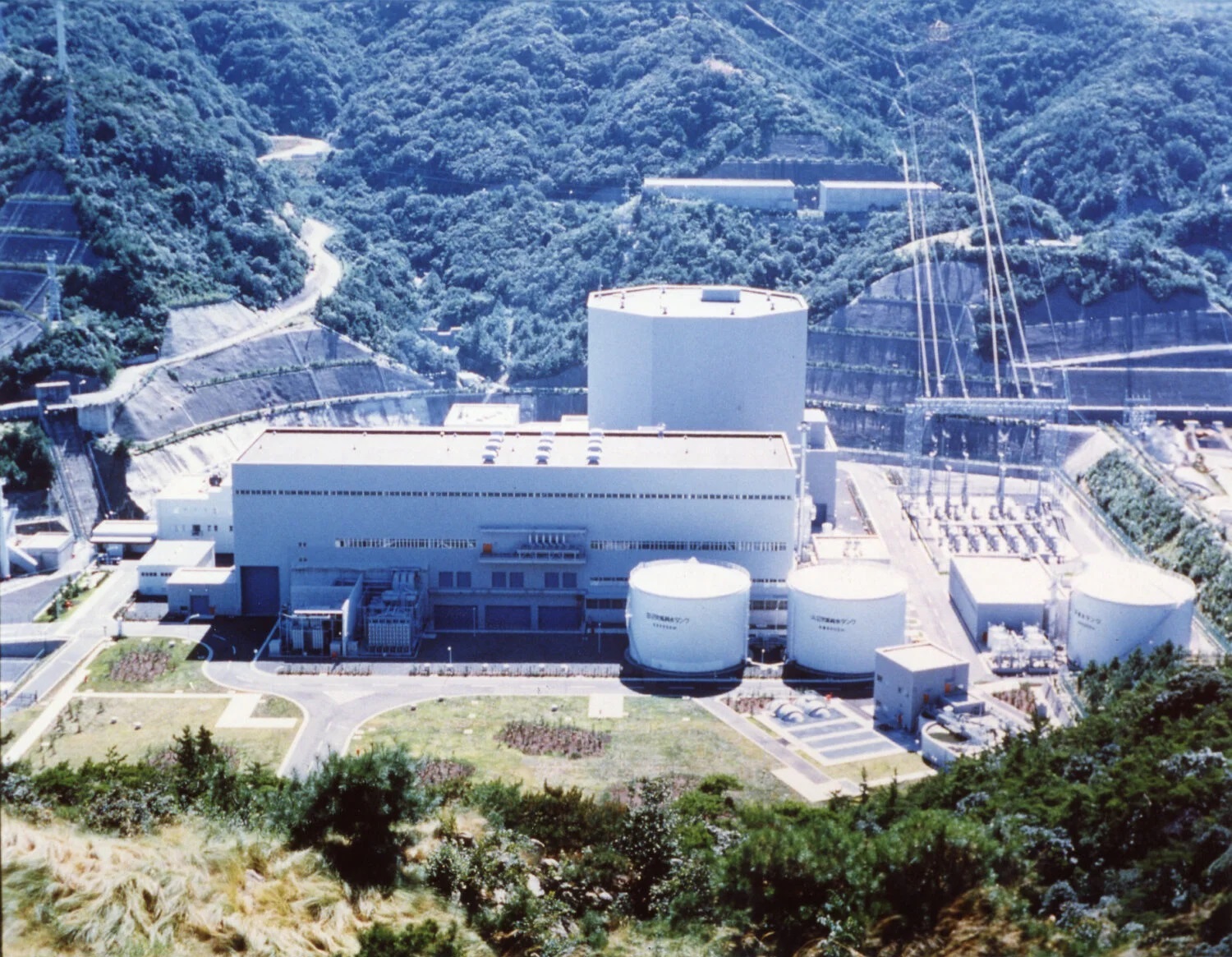
















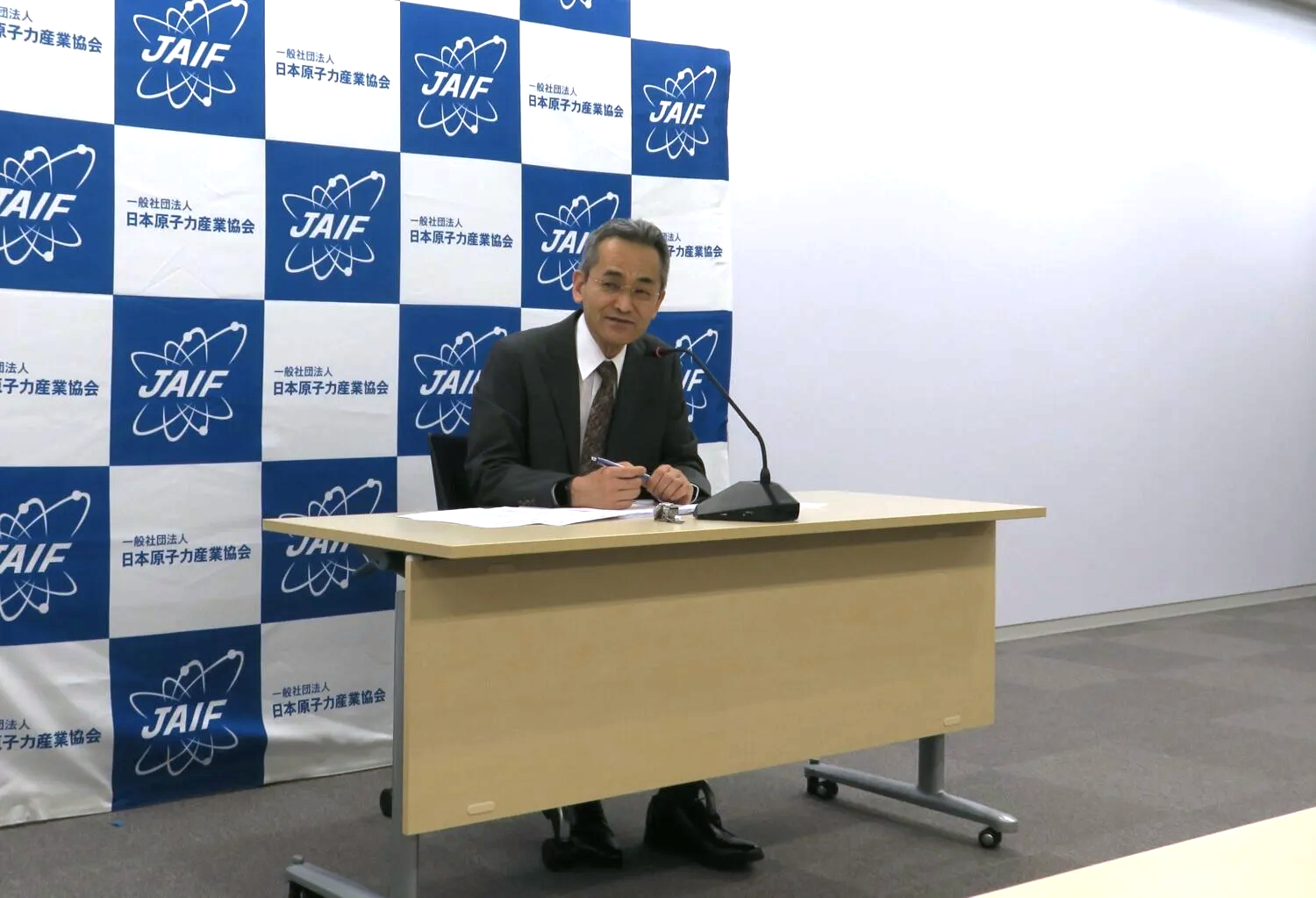
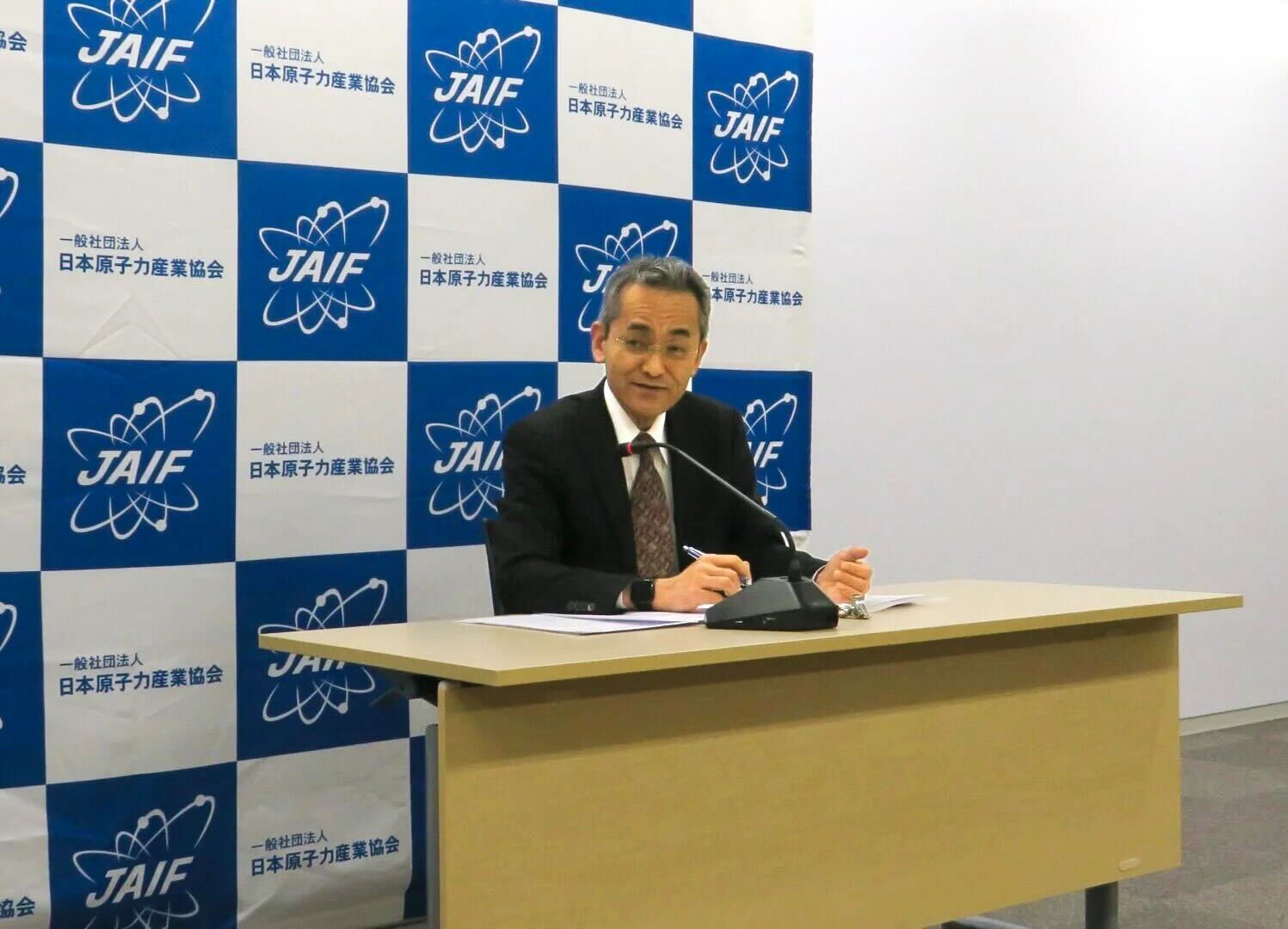
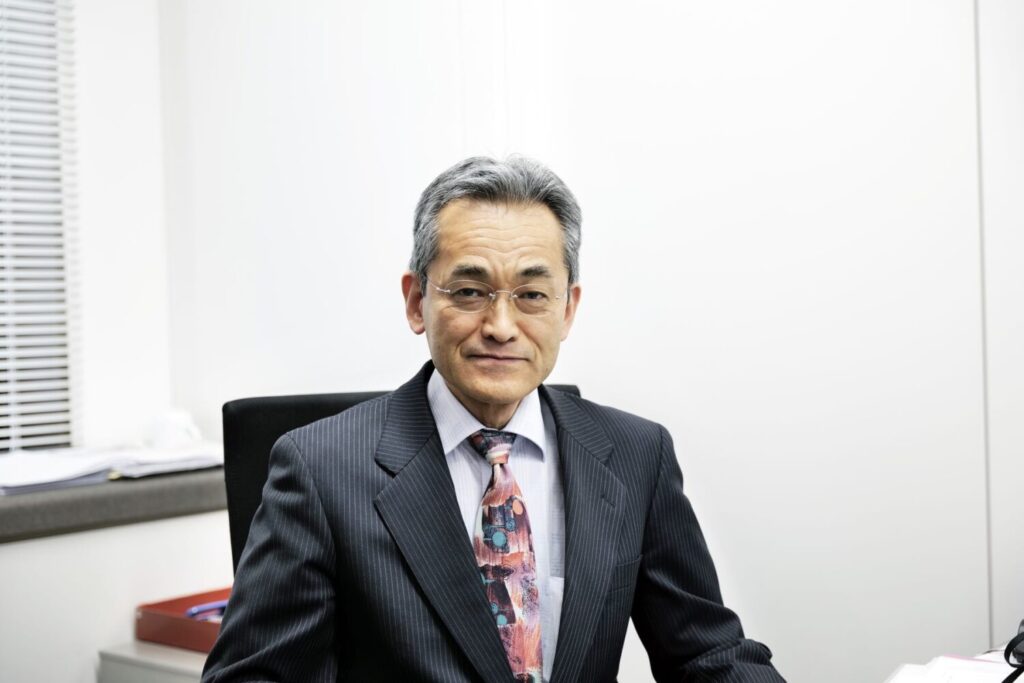
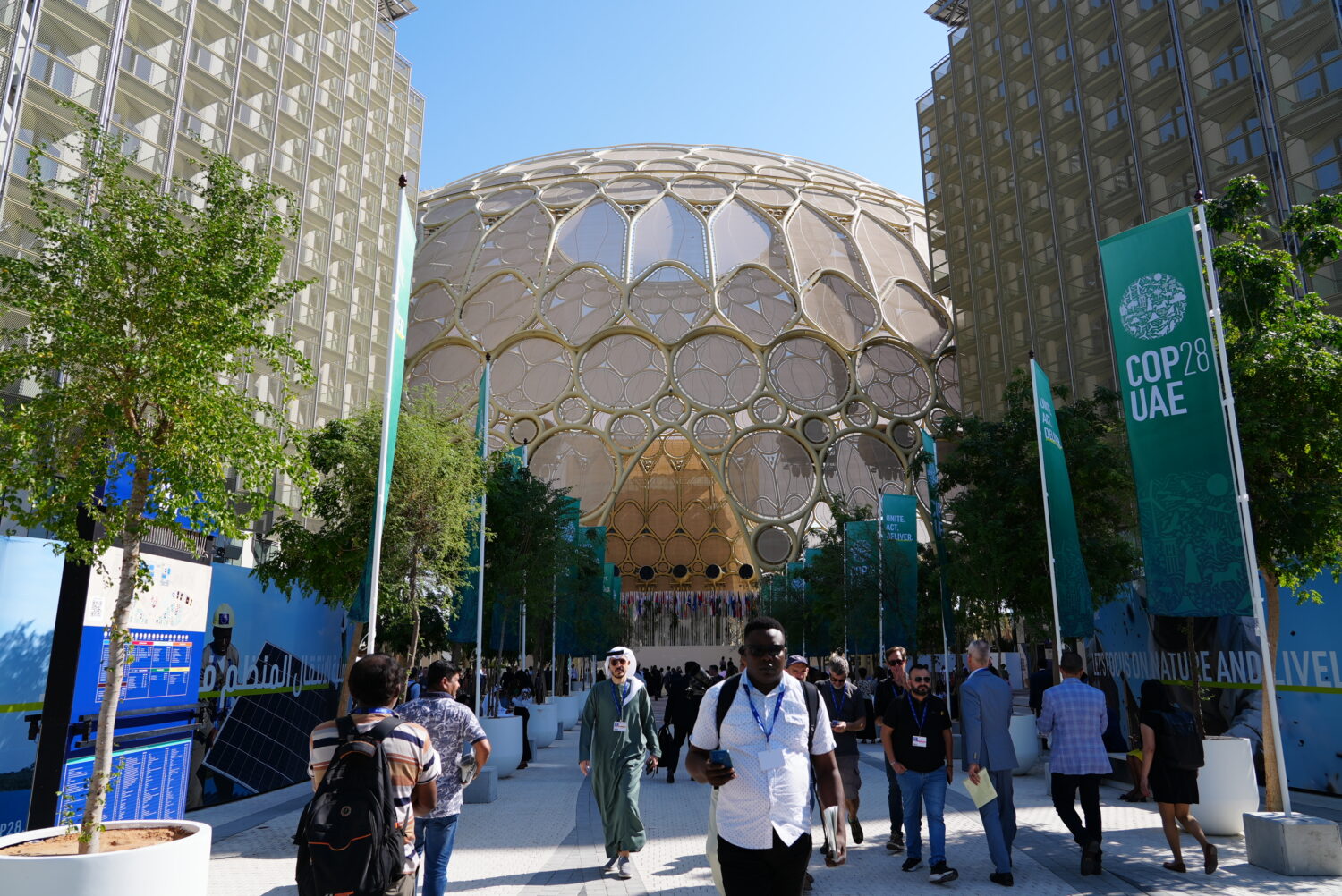

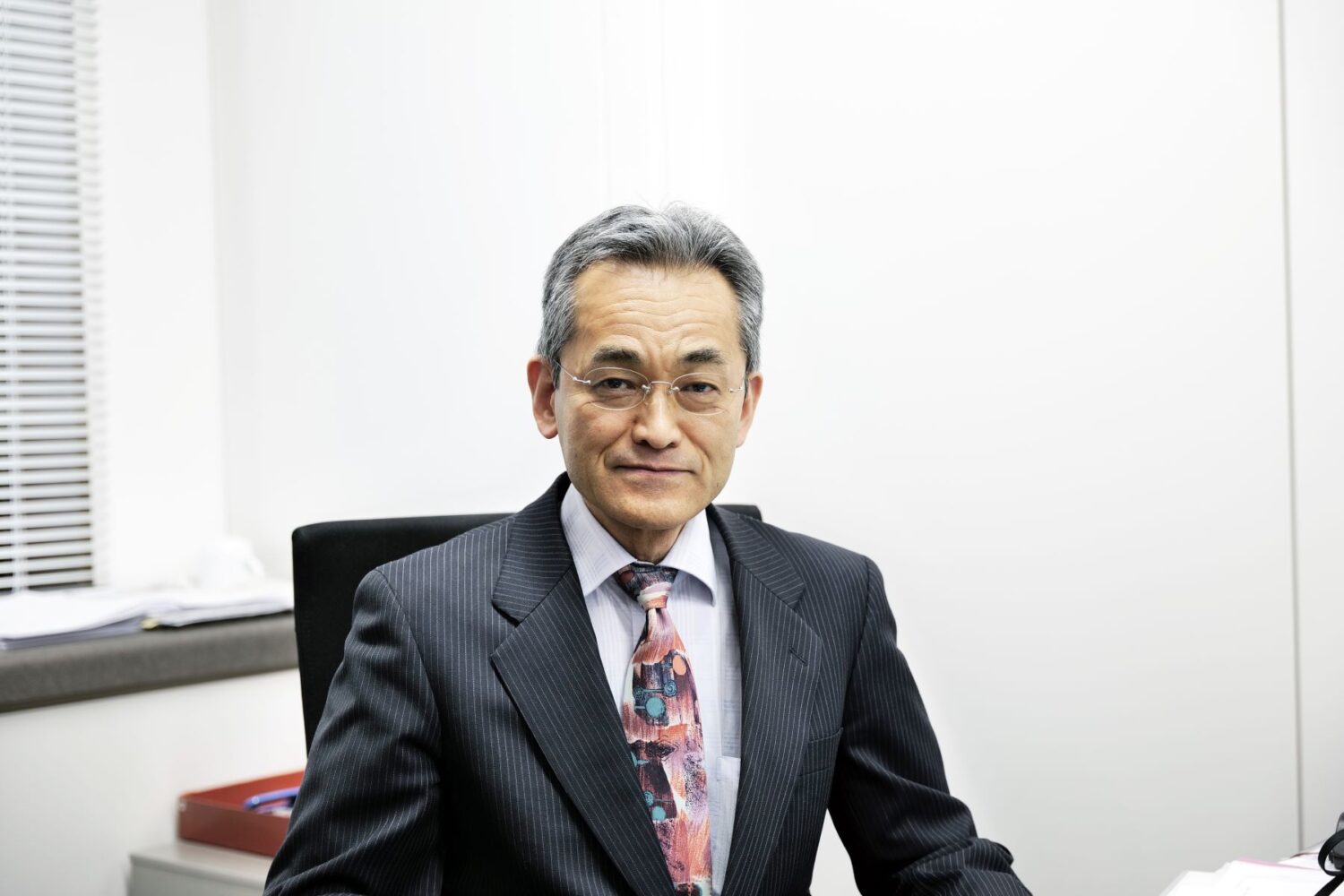
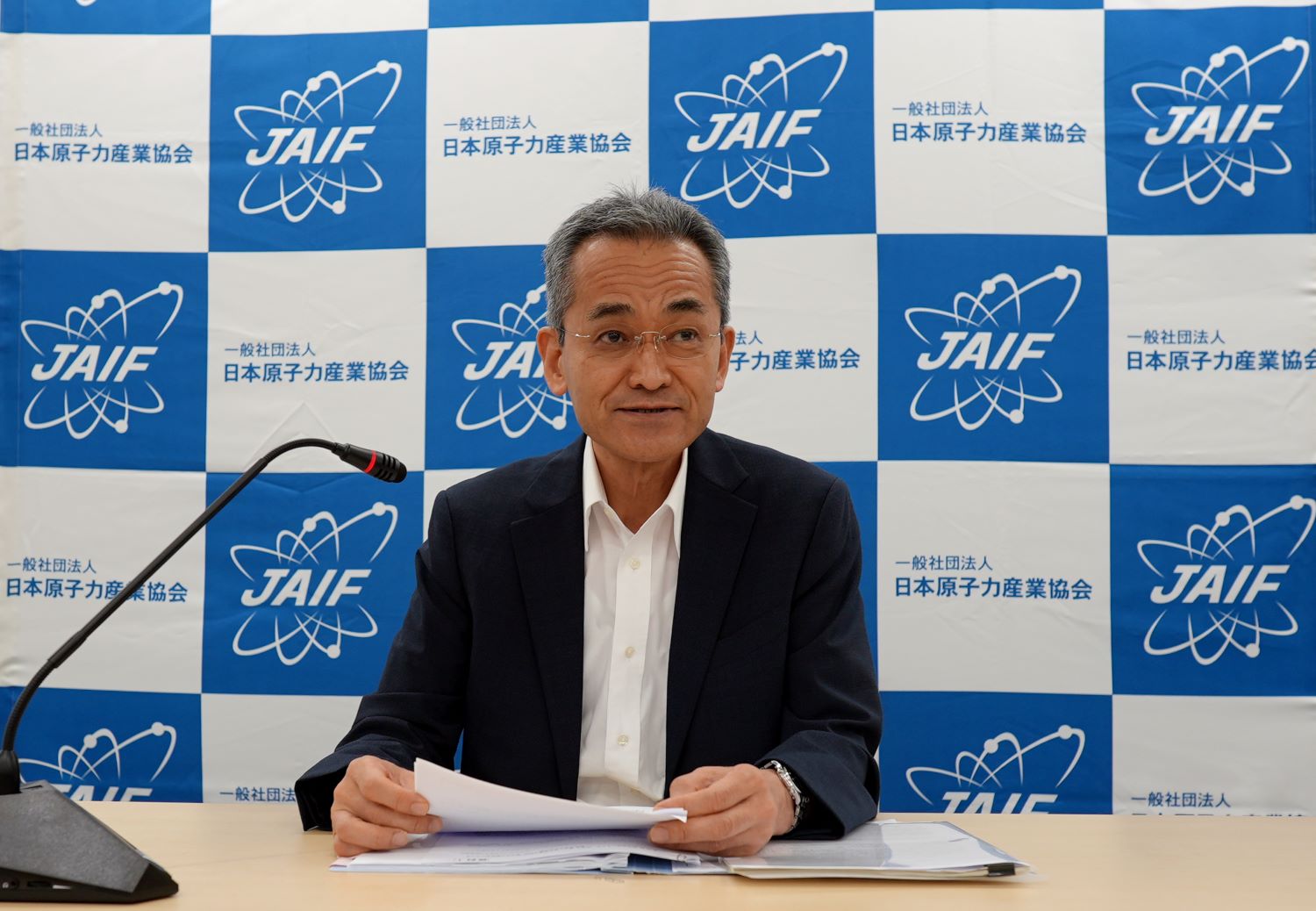
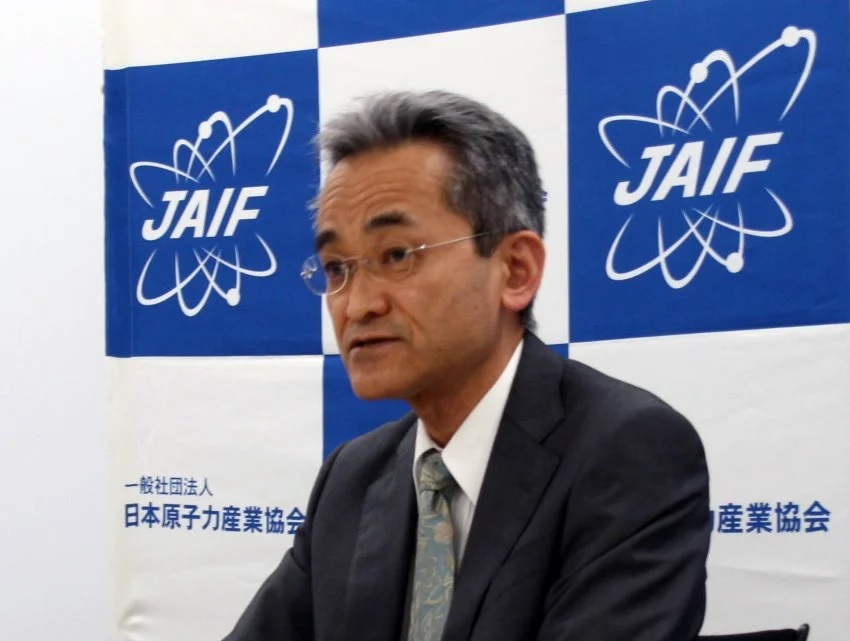
.jpg)

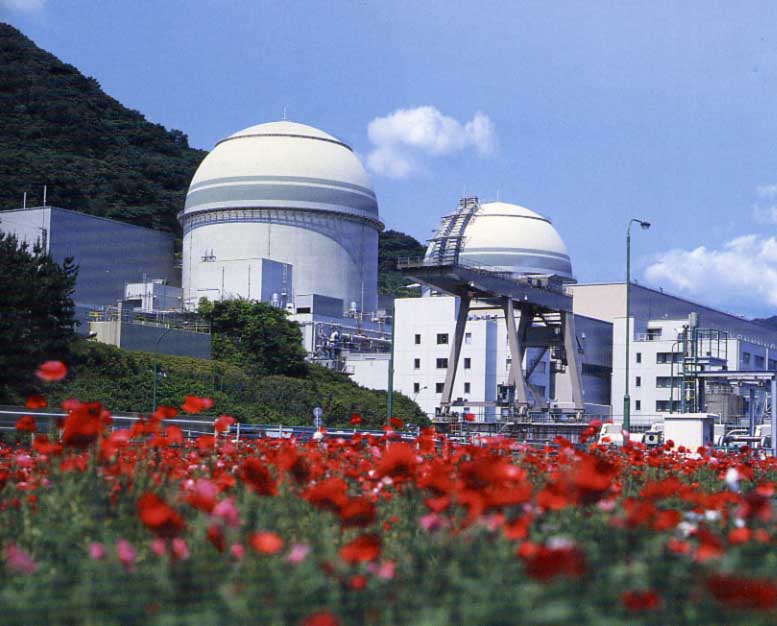
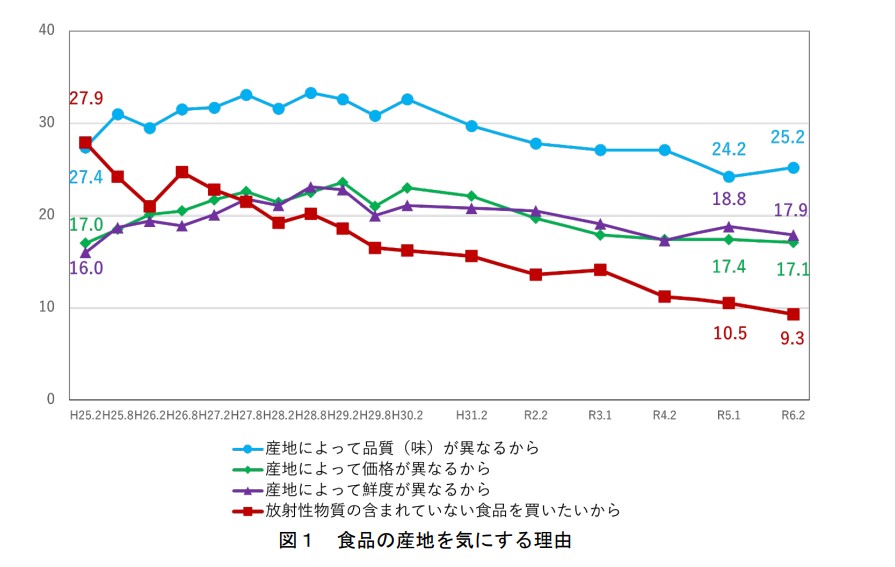
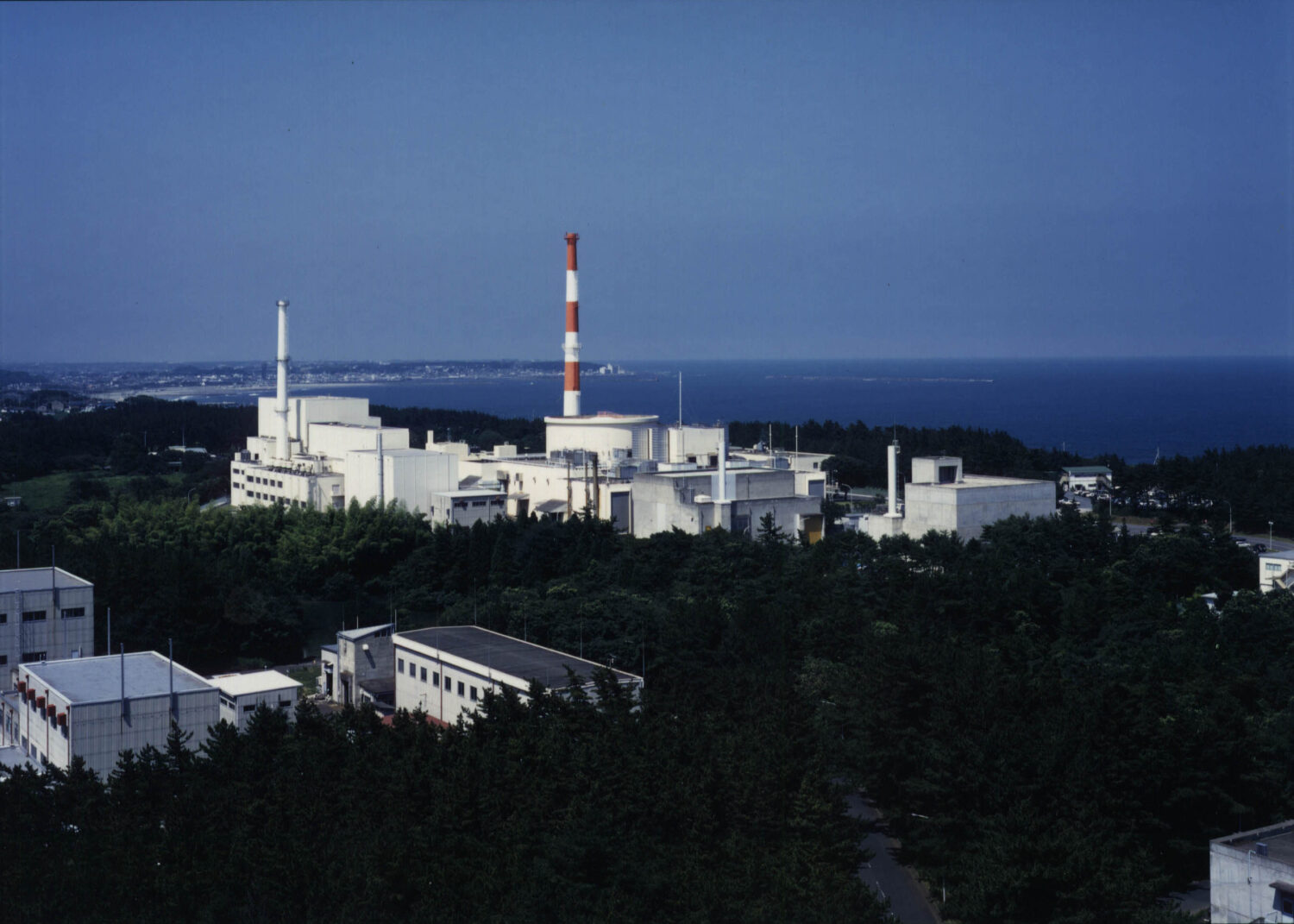
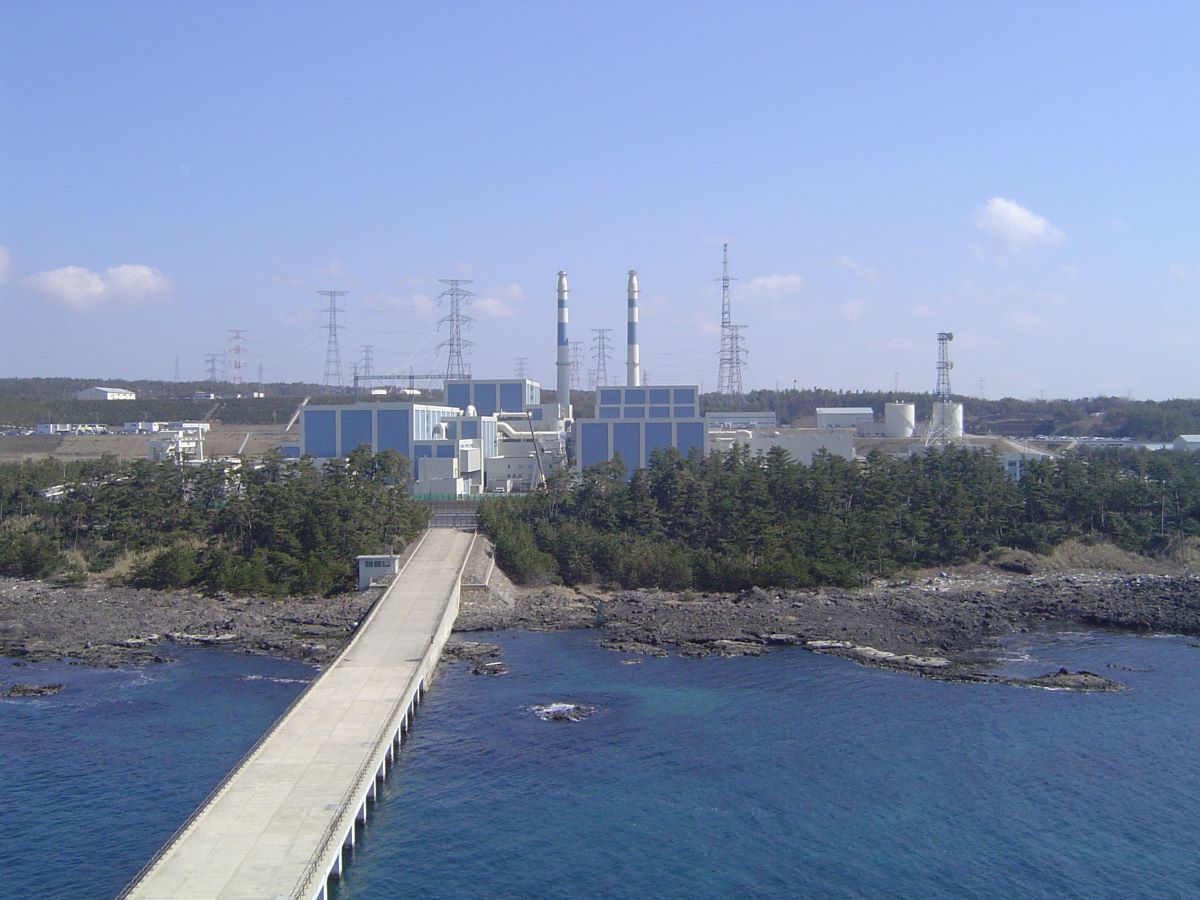
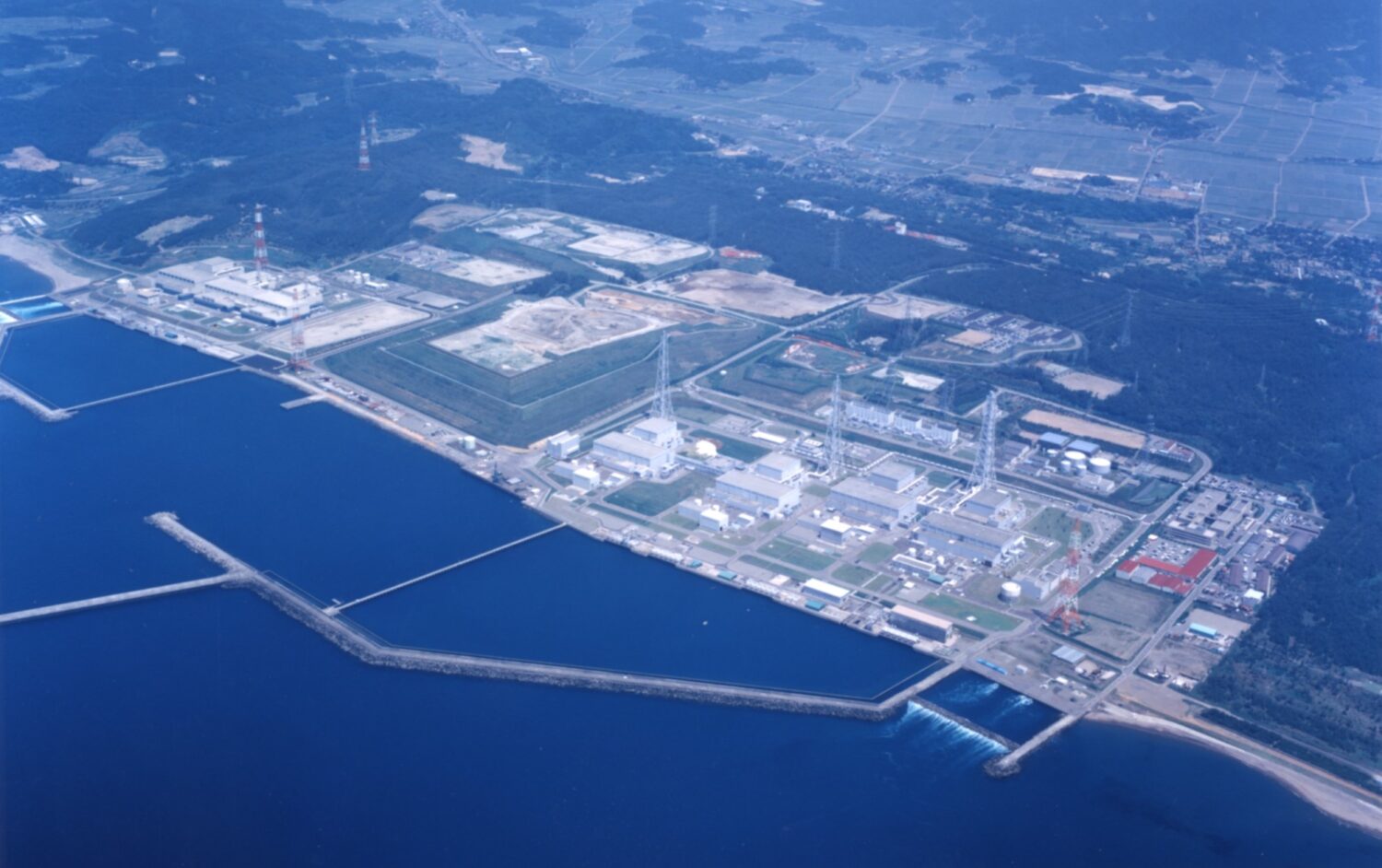
.jpg)
